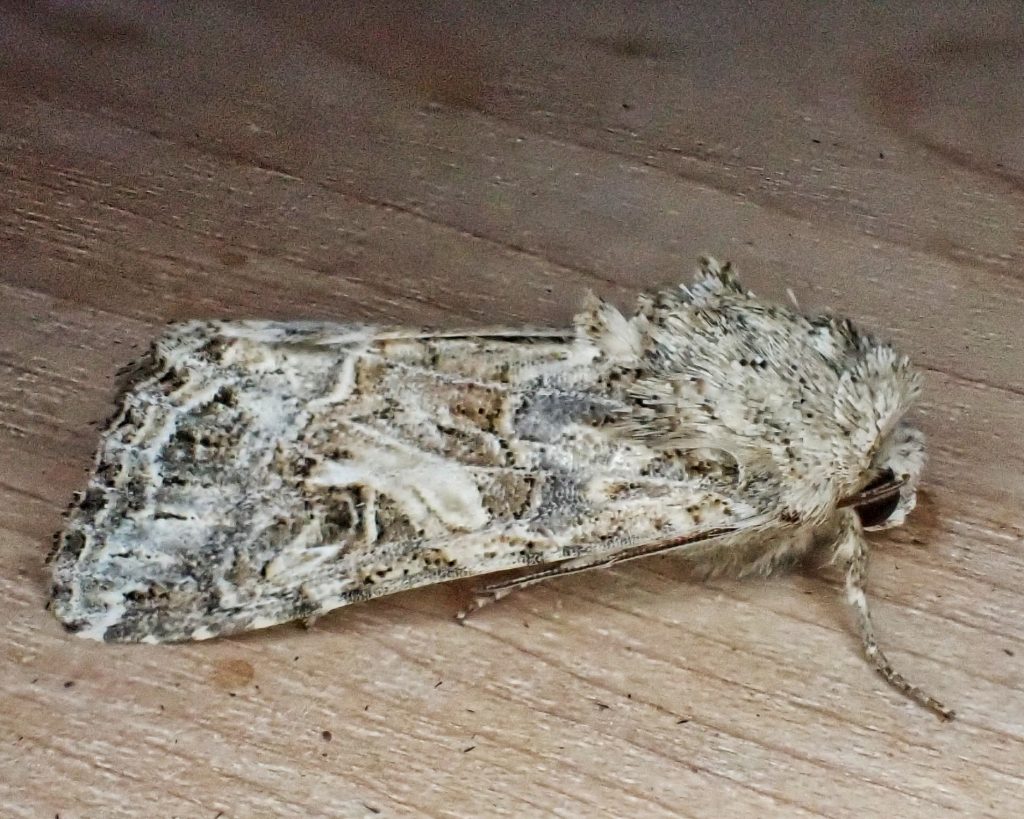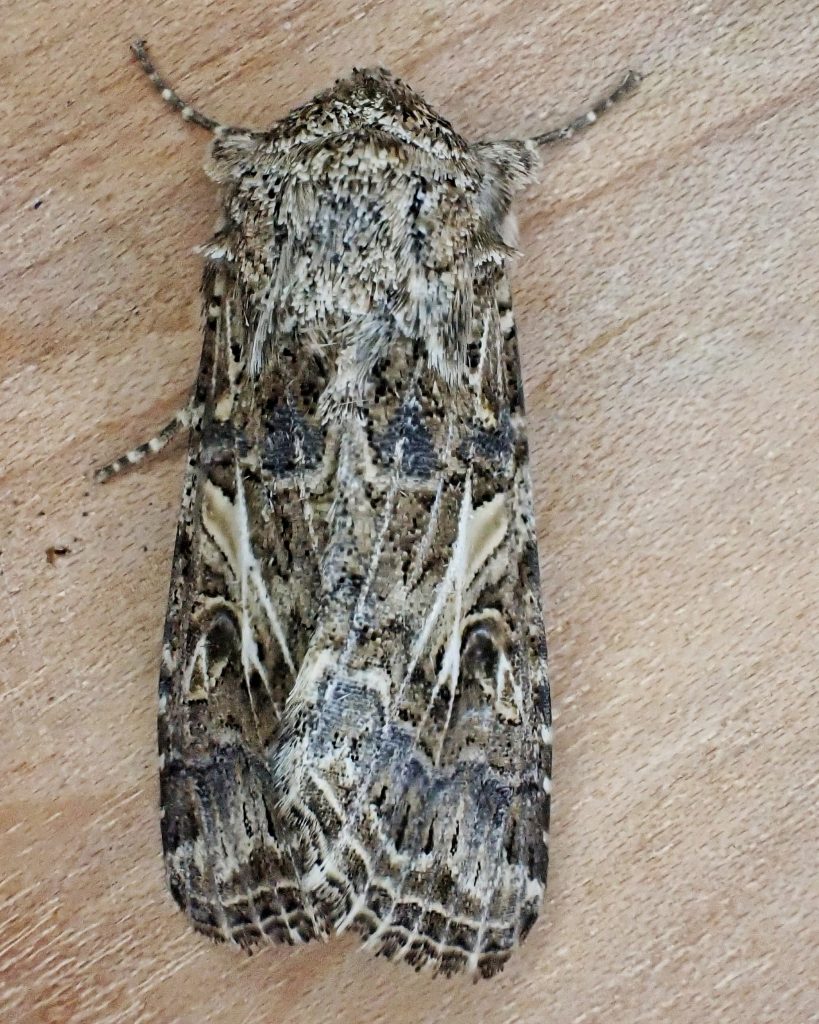
This handsome noctuid moth is a native species, but periodically builds up into such large populations that it becomes a serious agricultural pest, though it is not fully understood what causes these outbreaks, and most years its many natural enemies keep its numbers in check. But if one can look past the tendency of its larvae to eat crops grown for human consumption, it is quite a striking moth moth, with an intricate forewing pattern that probably serves as good camouflage in the low vegetation that is their preferred environment.
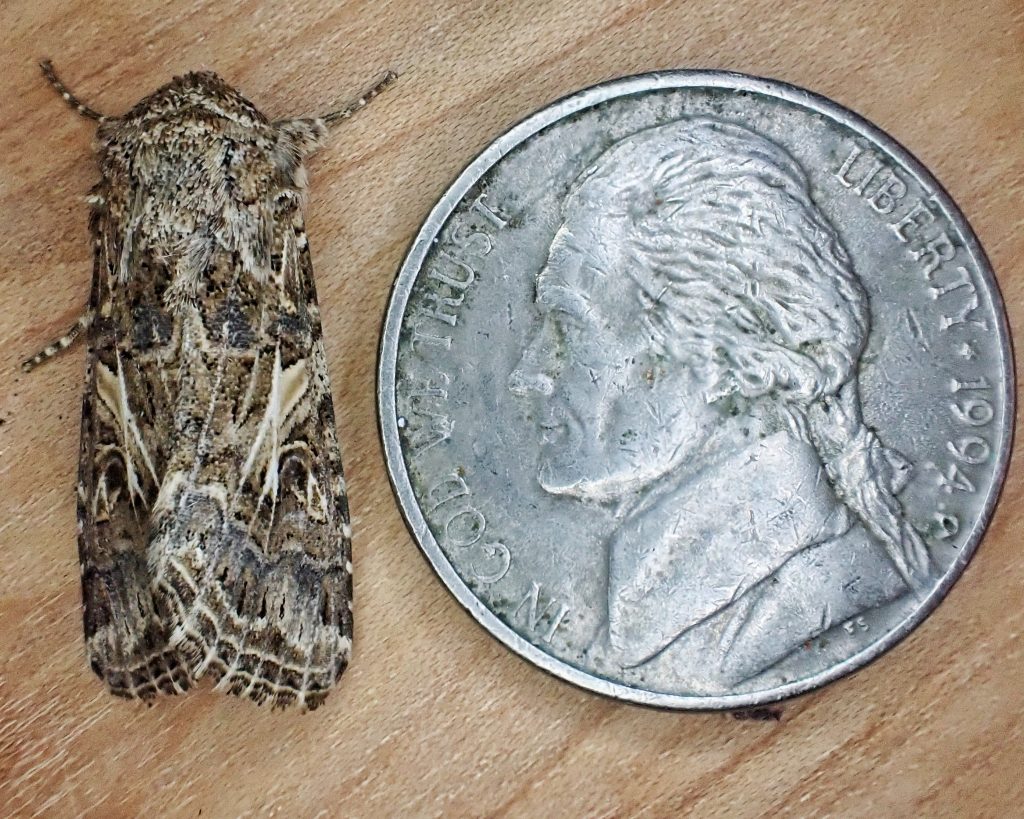
Description– “wingspan 35-40 mm…Adult: forewing variably grayish-brown to yellowish-brown with pale scaling along veins; oblique yellowish shade line extends across orbicular spot toward PM line; basal, AM, PM, and ST lines irregular, pale yellow or white; hindwing pale gray with dark veins and discal lunule, thin dark terminal line, and white fringe; Larva: larva length to 40 mm…head black with inverted white Y shape on front; body black with prominent white or yellow dorsolateral line; 3 stripes along each side – a gray one near the top, a black one below that, and a reddish-brown one below that.” Species Spodoptera praefica – Western Yellow-striped Armyworm Moth – Hodges#9667 – BugGuide.Net
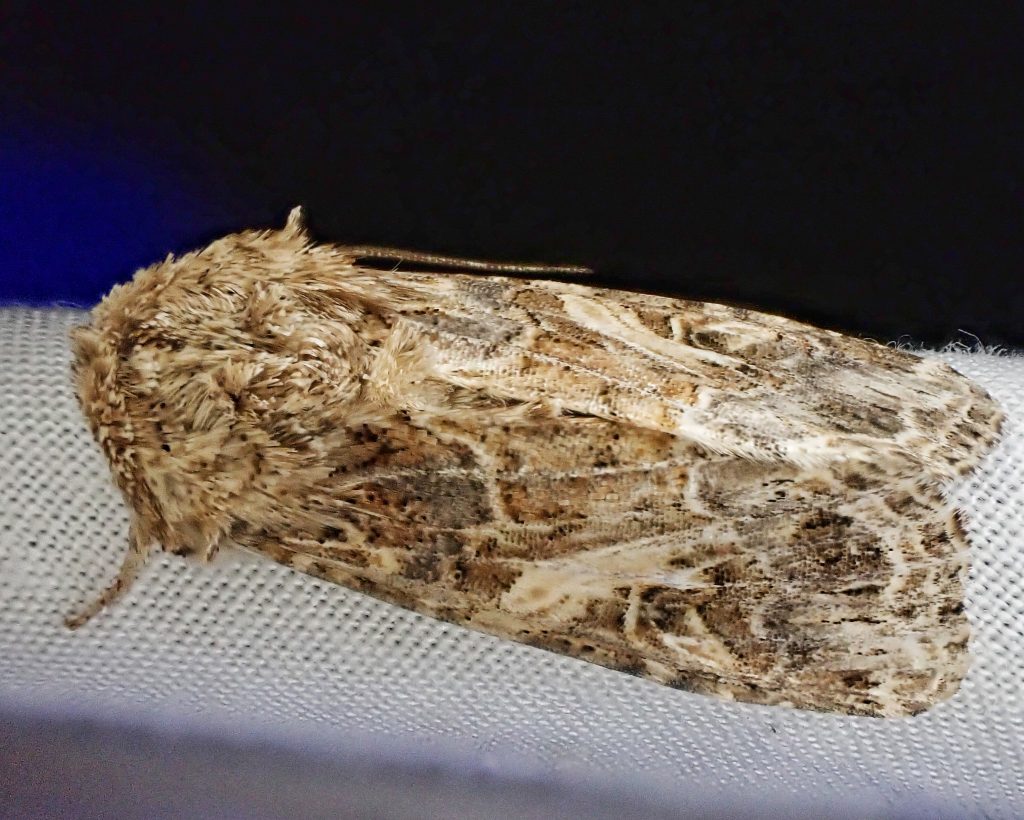
Similar species– “Spodoptera praefica can usually be identified by the pattern of light veins and similar light oblique patch across the anteriomedial median area that if formed by the filling of the orbicular spot and adjacent median area. It is most similar in size and pattern to several Anarta species – members of the tribe Hadenini. Like other members of that tribe they have eyes that are covered with fine hairs that are lacking in S. praefica.” PNW Moths | Spodoptera praefica
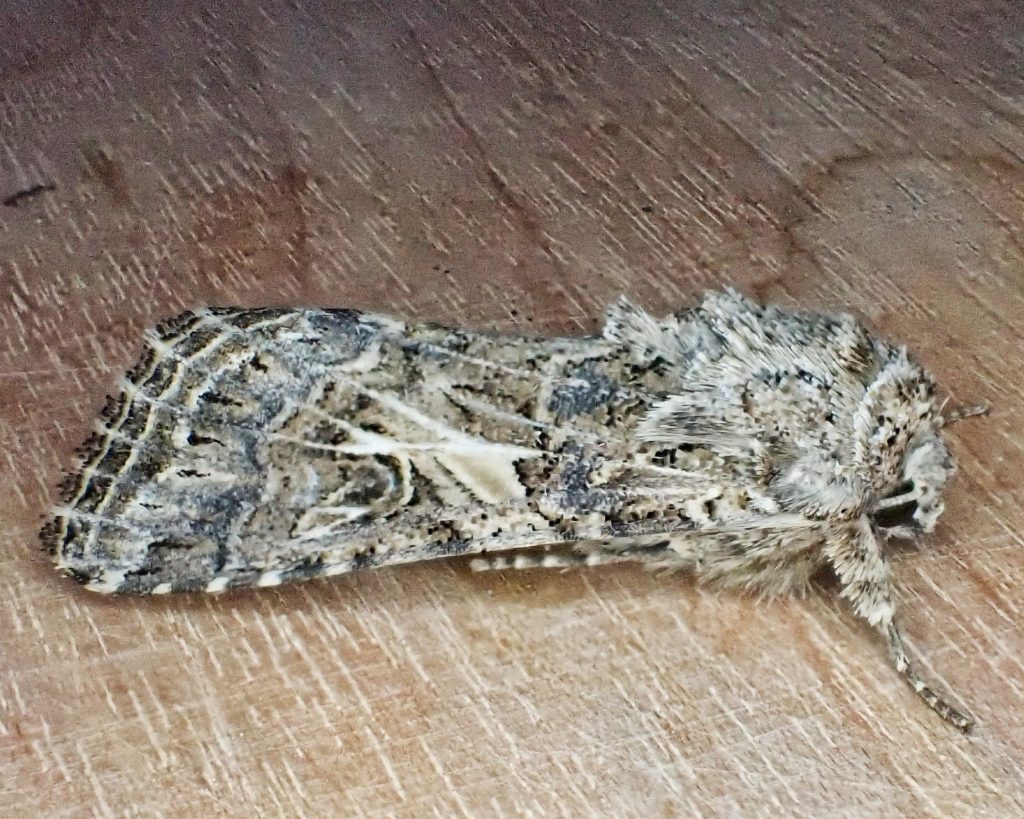
Habitat– “This species is widely distributed throughout western North America. It appears to be migratory, spreading northward from the Southwest each year. The species is primarily found in disturbed agricultural areas and urban habitats at low elevations both east and west of the Cascades, and frequently builds up into massive epidemic outbreaks in certain crops such as alfalfa. Adult moths then span out from agricultural areas into surrounding forest and rangeland habitats, but probably do not breed much in more natural, undisturbed habitats.” PNW Moths | Spodoptera praefica
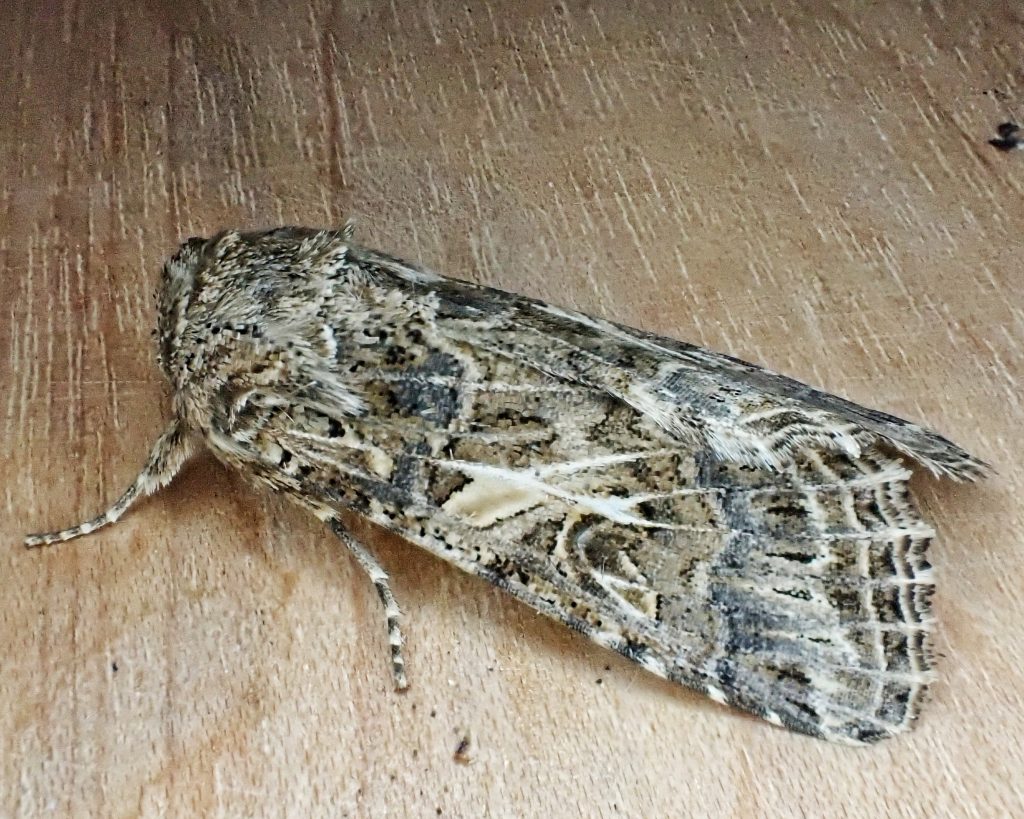
Range– “This species is native to the American West. It occurs from our area and southern Alberta south to Colorado, Utah, and southern California…Spodoptera praefica is common and widespread in our area east of the Cascade Mountains, especially in low-elevation sage steppe and agricultural areas in the Columbia Basin, southern Oregon, and southern Idaho. It also occurs west of the mountains. It is most common in the rain shadow in the Gulf of Georgia region in western Washington.” PNW Moths | Spodoptera praefica
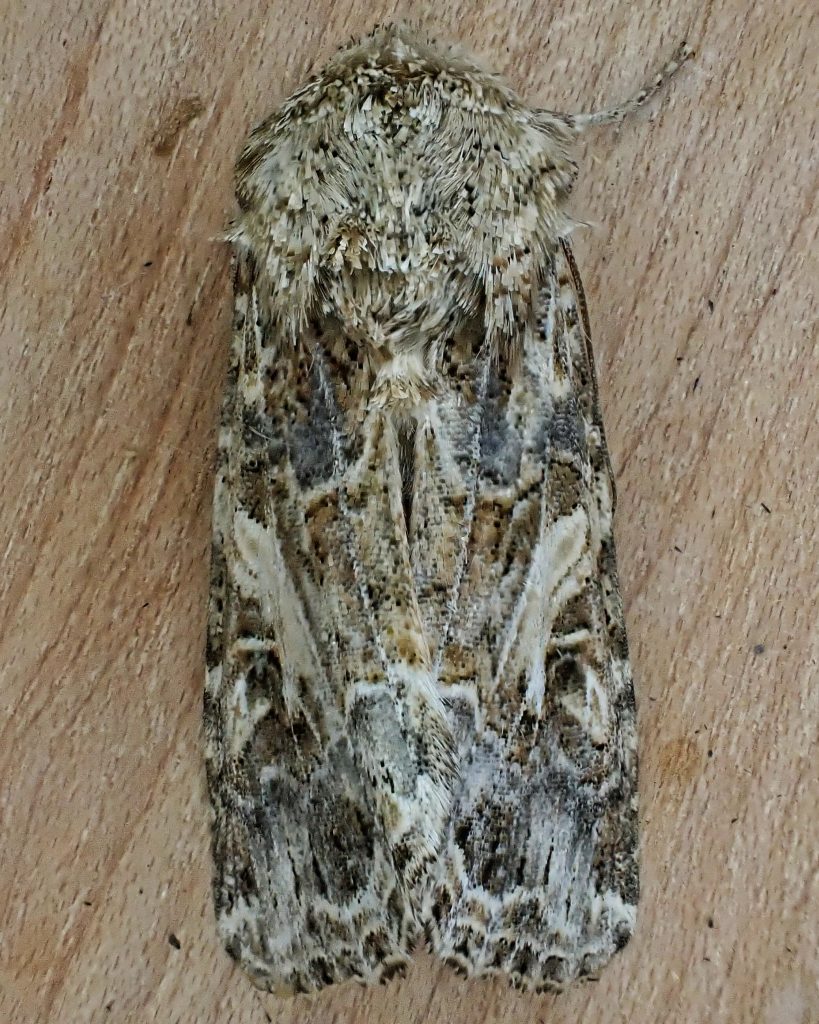
Eats– “…larvae feed on leaves of crops such as alfalfa, potato, rice, sugarbeet, and sweet potato, plus various other herbaceous plants.” Species Spodoptera praefica – Western Yellow-striped Armyworm Moth – Hodges#9667 – BugGuide.Net
Eaten by– Larvae and/or eggs are preyed upon by the lacewing Chrysopa carnea, big-eyed bugs in the genus Geocoris, damsel bugs in the genus Nabis, the minute pirate bug Orius tristicolor, the assasin bug Zelus renardii, the soldier bug Sinea diadema, the mirid plant bug Lygus hesperus, the beetle Collops vittatus, spiders, and dragonflies; Larvae and/or eggs are parasitized by the larvae of the wasps Hyposoter exiguae, Cotesia marginiventris, and Chelonus insularis, and the tachinid flies Lespesia archippivora, and Archytas apicifer
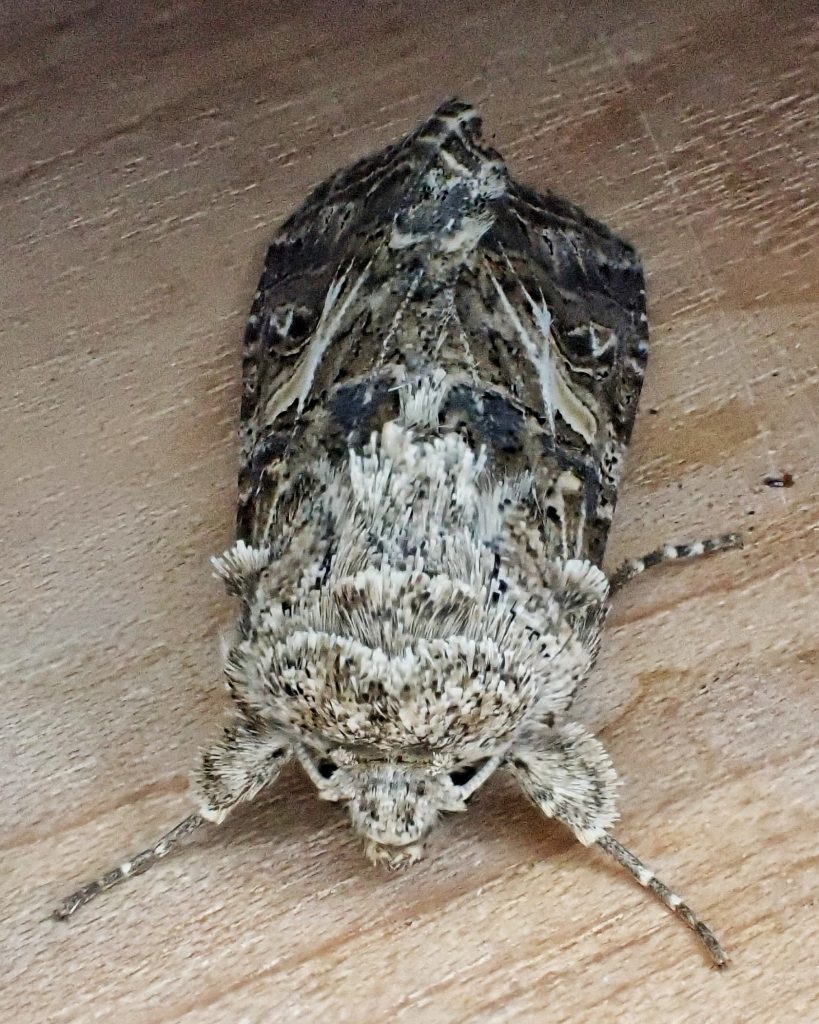
Life cycle– “two generations per year; overwinters as a pupa in the soil.” Species Spodoptera praefica – Western Yellow-striped Armyworm Moth – Hodges#9667 – BugGuide.Net; “Adults of S. praefica are nocturnal; both mating and oviposition occur mainly between dusk and midnight. Clusters of about 140 to 1,200 eggs are deposited. A mated female may lay up to 1,500 eggs and live up to 12 days (van den Bosch, 1950). The egg mass is covered by gray scales derived from the tip of the female’s abdomen. Eggs are generally laid on the surfaces o f alfalfa leaves. Larvae pass through six or seven instars. Pupation is in the soil about 5cm below the surface.” https://hilgardia.ucanr.edu/fileaccess.cfm?article=152836&p=CCKZNW
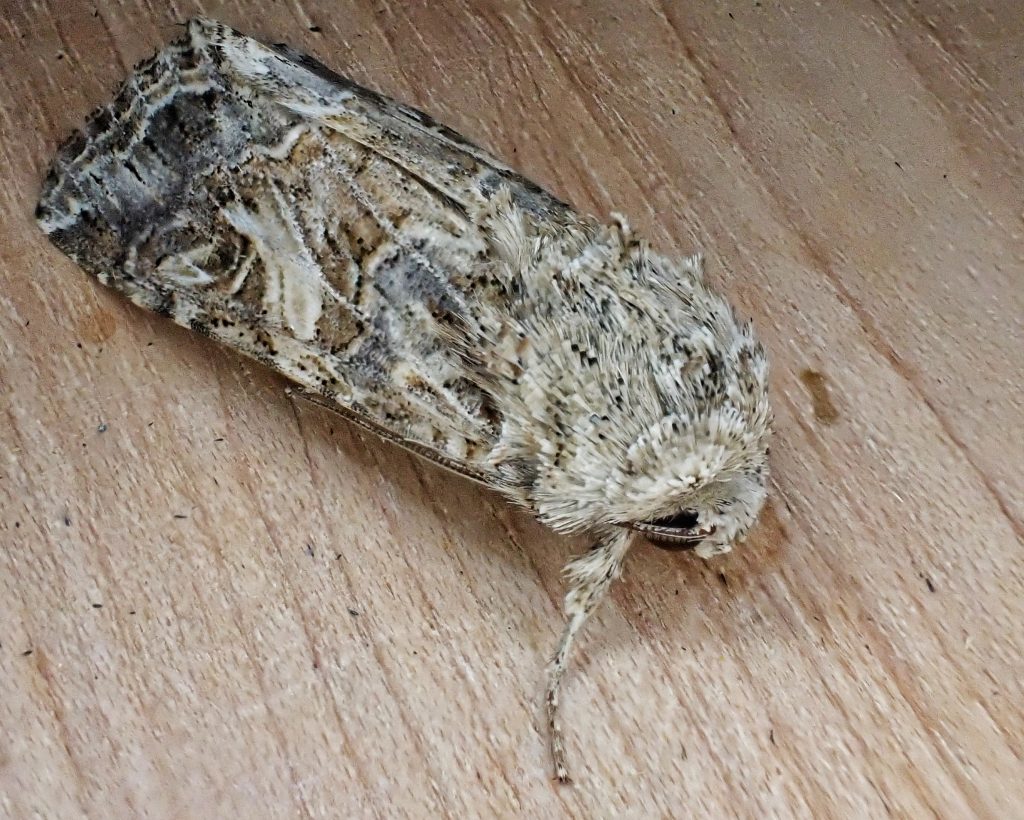
Adults active– “This species has a very long flight season in our area, first appearing in early spring and flying until fall. Most records are from the late summer in July and August. It is nocturnal and comes to lights.” PNW Moths | Spodoptera praefica
Etymology of names– Spodoptera is from the Greek words for ‘wood ash’ and ‘wing’, and refers to the sprinkling of dark scales on the forewing of the type species, Spodoptera exigua. The specific epithet praefica may be from the Latin word for ‘I place in command’, which became the Italian word for ‘a woman hired to lament at the head of a funeral procession’, but I cannot verify that etymology, nor ascertain to what it might refer
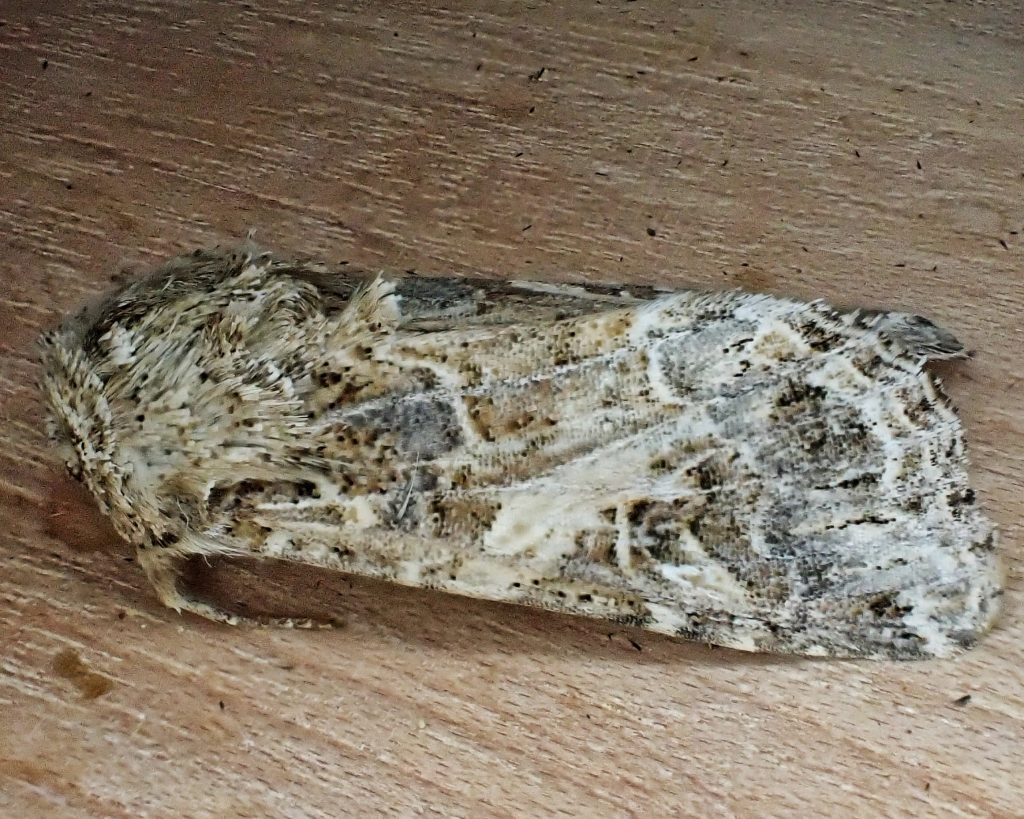
PNW Moths | Spodoptera praefica
Species Spodoptera praefica – Western Yellow-striped Armyworm Moth – Hodges#9667 – BugGuide.Net
Spodoptera praefica – University of Alberta Museums Search Site
Armyworms / Peppers / Agriculture: Pest Management Guidelines / UC Statewide IPM Program (UC IPM)
Sci-Hub | Ecological Relationships Among Parasites of Spodoptera praefica | 10.1093/ee/6.4.581
https://hilgardia.ucanr.edu/fileaccess.cfm?article=152836&p=CCKZNW
http://mothphotographersgroup.msstate.edu/species.php?hodges=9667
